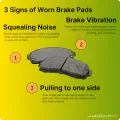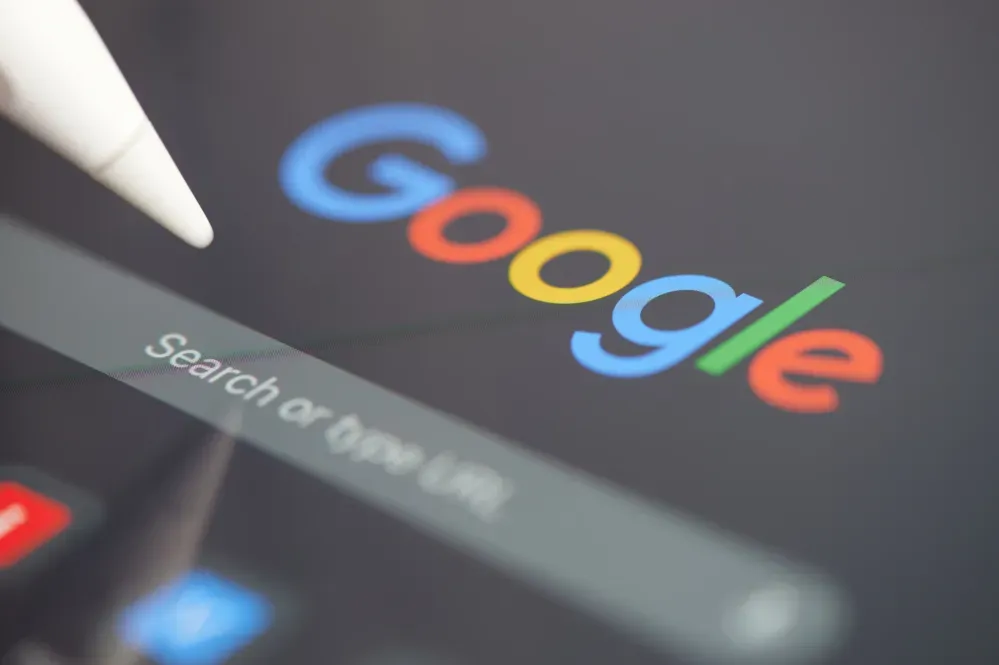
Google has become the go-to website for quick answers to car owner questions and offers the ability to find auto repair shops. Car owners will try different search queries; often, even the slightest change in the search phrase generates a significantly different result. Some searches try to educate themselves on the What (is it?), Why (do I need it) and When (do I need to take care of it now) before they talk to an auto repair shop professional. Car owners, known as DIY (Do it yourself) first try to determine whether performing the fix themselves is possible with the limited tools they have at their disposal. Although the number of repairs a DIY can perform has drastically decreased due to the increasing complexity and computerization of today's vehicles, it is still a considerable portion of the search volume. After Google aggregates billions of search queries, its ability to detect what exactly a particular search is looking for has been perfected over the years so that the results for similar searches differ significantly depending on the intent.
Explore how AutoTechIQ streamlines your automotive research. You'll learn why we precisely match common symptoms to proven fixes, enhancing efficiency and reliability instead of average Google results, in your quest for solutions. Join us to unlock this tailored approach to your car's needs.
What are Search Intents
Google varies its search results based on three different search intents.
-
The Informational intent (AutoTechIQ calls it educational intent)
-
This intent is to educate oneself about the subject matter at hand, e.g., looking up a recipe, finding out what a timing belt is, or any other topic getting educated about
-
The Navigational intent: This is the search for a place online (e.g. a website) or a place in the real (brick-and-mortar) world.
-
This intent is about getting somewhere to use the services, such as an auto repair shop. Google has created so-called Google Business Profiles for brick-and-mortar businesses.
-
The Transactional intent: This intent is typically the desire to purchase a good or service online and conduct the online purchase right there.
The slightest modification makes a big difference!
Please go to an available screen so you can follow along with this brief exercise. It will show how impactful small changes in your search query can be.
The first keyphrase is “Timing Belt Repair.” Looking at the result, Google interpreted your intent as Navigational. You want to find a trusted auto repair shop for timing belt repair. The first result visible is a list of auto repair businesses, links to their website, directions, office hours, the phone number, and last but not least, the number of reviews and the avg ranking. Right next to it/Above it is the map with the listed businesses. It makes it easy for you to select the right business for you. Scrolling down will reveal other websites, mostly parts websites or automotive repair providers.
The second keyphrase we’ll try is “Timing Belt Replacement”. Also, arguably not much different than the first one, the search results follow the Informational intent. The results list various videos and articles about how to replace a timing belt and at what costs. In addition, Google ads are visible that are selling timing belts.
Lastly, let's try just “Timing Belt”. Now, it is not only Google ads promoting the purchase of a timing belt kit but also other e-commerce websites offering to purchase them. The intent is “Transactional”.
Also, we'd like to point out that Google is constantly changing the results, based on their assessment of how effectively their results serve your intent and how they can monetize it. Often, results for more than one intent are visible, with one intent prioritized over the other(s).
AutoTechIQ can help find a solution.
Car owners like you, who either want to know more about how to get their car issues fixed or want a second opinion after they consult their auto repair shop, jump on Google and, as a result, are confused. Often the search results in long articles and videos about how to replace the part or auto repair franchises' websites that tell them to bring their car to the nearest location. Neither serves the intent to get educated.
Articles like this on AutoTechIQ.com on the other hand, are found when looking for the symptom “My Power Steering light is on”. Car owners will find probable causes, inspection result images visualizing the causes, and potential fixes for each cause. This creates the confidence to search for the right auto repair shop nearby that will perform the repair needed and document the findings with inspection results for the specific vehicle before and after the repair.
Other news
-
Car is Squealing When Driving

-
What is Preventative Maintenance and What Are The Benefits of it?

-
JobViewIQ - DVI Process Training - Part of the Auto Care Alliance Benefits

-
7 Signs of Clogged AC Components
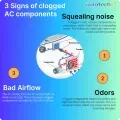
-
How Much Does a Transmission Fluid Change Cost?
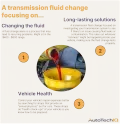
-
7 Signs of a Leaking Axle Seal
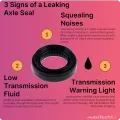
-
8 Signs of a Bad Brake Pad
